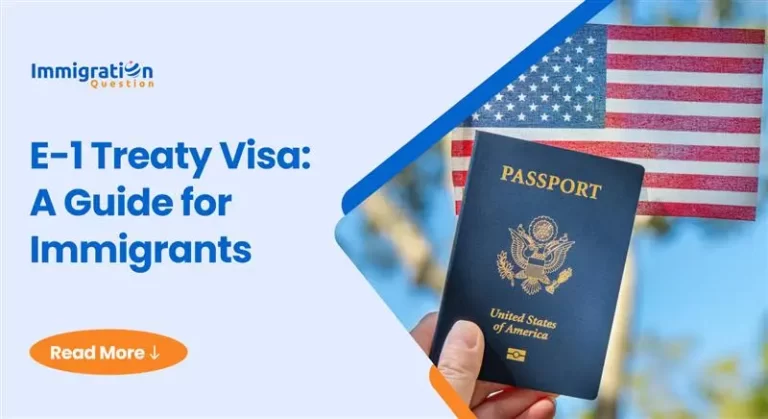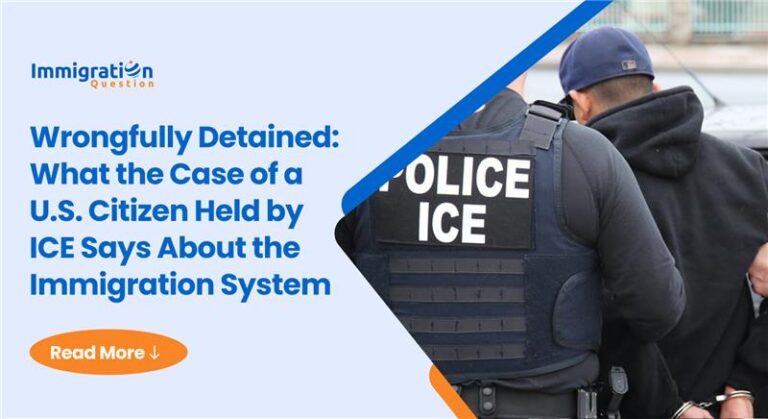USCIS has reached the 19,000-visa cap for returning H-2B workers in early FY 2025. This allocation, meant for start dates from April 1 to May 14, supports industries relying on seasonal labor. Employers must now await future allocations or explore alternative hiring options under immigration regulations.
Visa Requests Hit Full Capacity
The U.S. Citizenship and Immigration Services (USCIS) has reached the numerical limit for the additional 19,000 H-2B visas allocated to returning workers for the early second half of the 2025 fiscal year. These supplemental visas, designated for employment start dates between April 1 and May 14, were part of a temporary final rule (TFR) issued by the Department of Homeland Security (DHS) in collaboration with the Department of Labor (DOL).
April 18, 2025, was the most recent date USCIS accepted petitions under this cap. The employers seeking to bring noncitizen returning workers for temporary, non-agricultural jobs during this period will be forced to seek other alternatives, as the cap is now filled.
Understanding the H-2B Supplemental Cap Rule
Supplementary visas were made available under an interim provision to address shortfalls in seasonal industries like seafood processing, landscaping, and hospitality. The temporary final rule supplemented an additional 64,716 visas above the statutory limit for FY 2025 in varying phases throughout the year.
Of these, 19,000 visas were reserved only for those employees who had participated in the H-2B program in any of the last three fiscal years. This returning worker provision allows employers to hold on to skilled workers, boosting stability and efficiency in industries heavily dependent on seasonal labor.
Eligibility and Distribution Framework
To qualify for these additional visas, the employers had to prove that the jobs were non-agricultural, short-term and that no U.S. employees could fill the positions. Employers also had to prove that employing H-2B workers would not negatively affect the wages and conditions of local employees.
The phased distribution of these visas was carefully structured. While a portion was set aside for returning workers, others were allocated for nationals from select countries, including El Salvador, Guatemala, Honduras, Haiti, etc. This strategy aimed to promote lawful migration pathways from regions facing economic and humanitarian challenges.
Striking a Balance Between Labor and Oversight
USCIS and DHS emphasized that the expanded visa cap was a temporary response to ongoing economic demands, not a permanent change to the immigration framework. The move was also designed with security and oversight mechanisms, requiring employers to comply with strict recruitment and wage standards.
Officials noted that the returning worker allocation was especially crucial for businesses with ongoing seasonal needs. The U.S. government hoped to reduce training costs, increase productivity, and limit immigration-related risks by bringing back previously vetted foreign workers.
What’s Next?
With the early second-half cap closed, attention will shift to the remaining allocations for later in the fiscal year. Businesses that missed out on this round may have another opportunity to apply under future phases of the FY 2025 H-2B supplemental cap.
Employers are encouraged to begin preparations early and comply with evolving regulations. As labor demands persist, the future of seasonal work visas like the H-2B program will likely remain a central focus in U.S. immigration policy discussions.
Updates on future allocations will be shared as they become available. To stay updated and informed, watch our news section or drop your immigration questions on immigrationquestion.com and get responses from professional attorneys. Attorneys – streamline and manage your immigration cases in one place on Immigration Speed.






